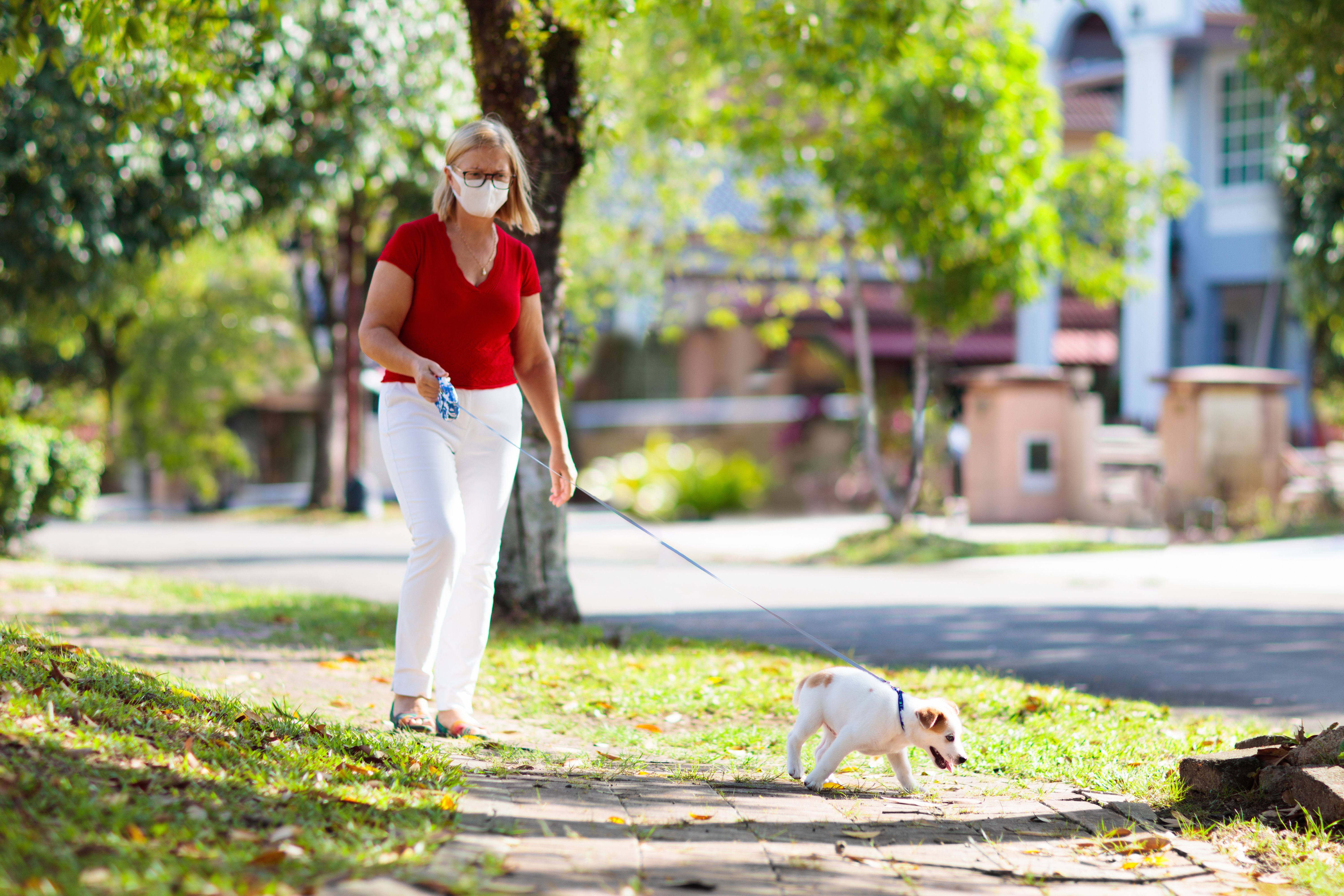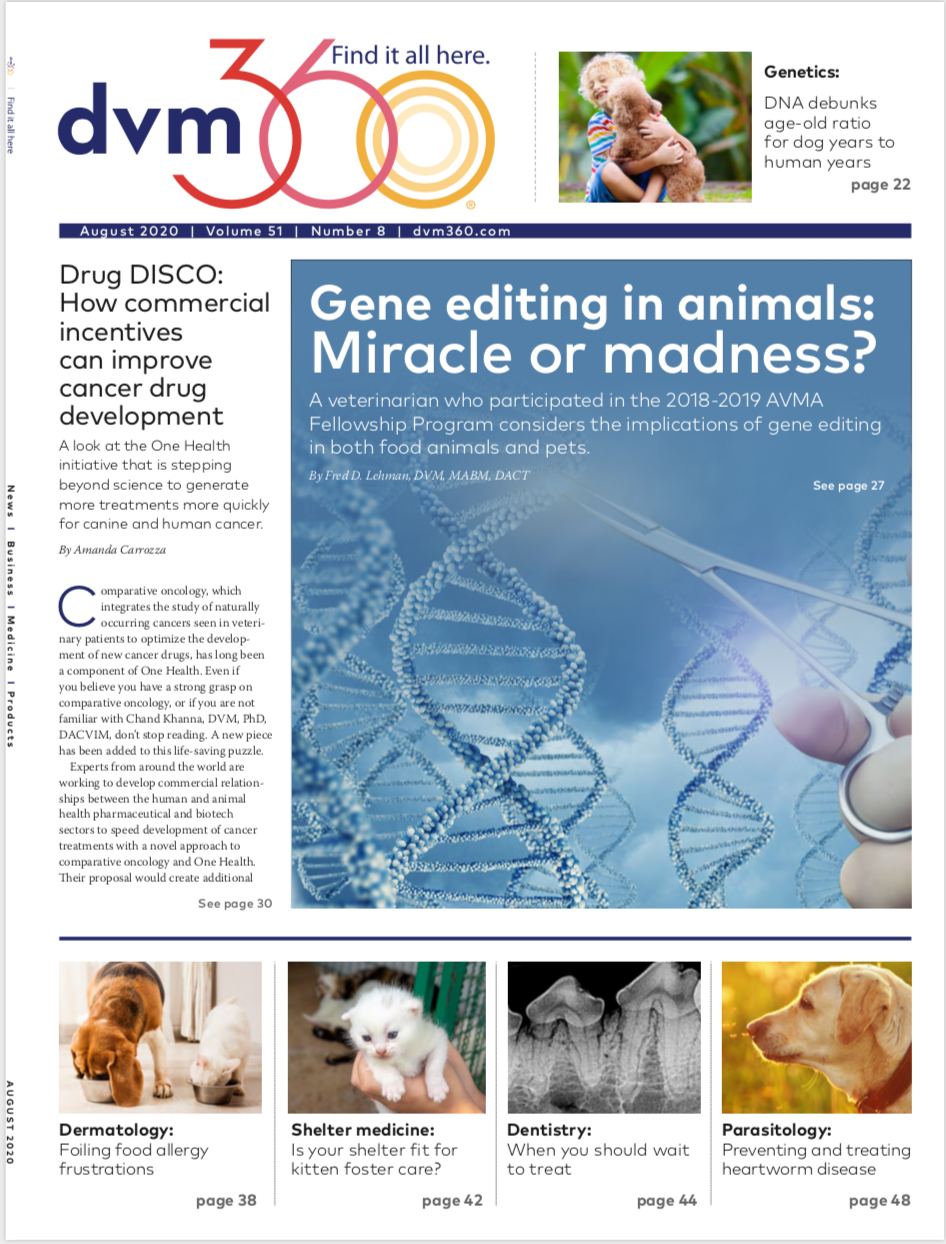The Dilemma: the curbside care controversy
As pandemic restrictions ease should veterinary practices get to choose whether they stop or continue curbside care?
famveldman / stock.adobe.com

Telton Animal Hospital is an established suburban veterinary clinic in the Northeast that has served its community for 25 years. When COVID-19 hit, the practice continued to provide patient care while observing the social distancing mandates issued by the governor and recommended by the state veterinary medical association. Curbside visits were cumbersome initially but soon proved to be very efficient. In addition, the use of FaceTime and other telecommunication apps was well accepted by staff and pet owners alike.
When COVID-19 case numbers started to drop in the state, the governor began allowing a phased reopening of various non-essential businesses. Several weeks later, when retail stores had reopened with mask and social distancing requirements, the owners and staff at Telton Animal Hospital remained uncomfortable allowing pet owners into the facility. The clinic sent an email to clients and posted on the practice’s website and social media platforms that curbside pet care would continue for the near future to protect staff.
Continuing curbside care helped boost the morale of an already stressed staff. A staff member testing positive for COVID-19 would hurt the clinic’s ability to function, mandating the need to exclude contact with pet owners until a viable treatment or vaccine becomes available. These proactive steps, the owner reasoned, were the only way to ensure the viability and safety of the practice. Many pet owners understood the continued curbside policy, but many strongly disagreed.
Client complaints ranged from accusations of being unprofessional and unethical to insensitive and selfish. If the governor and state healthcare officials determined that entering a facility with caution was now safe, clients questioned why the practice was continuing to separate pet owners from their pets in their time of need. Several clients asked that their records be sent to a nearby veterinary hospital that was allowing clients to enter with their pets as long as they wore masks.
This was not the reaction the team at Telton Animal Hospital expected. Improved clinic hygiene and safety protocols had kept staff safe thus far, and the owner was not willing to roll the dice; curbside procedures would continue. A knee-jerk response to these disappointed pet owners simply stating that this is “clinic policy” was unacceptable, so every client who objected to the continued restrictions would be contacted personally and given an in-depth explanation of the clinic’s policy. In extreme situations, such as euthanasia and other dire circumstances, clients would be allowed into the clinic provided they were gowned, gloved, and masked. This policy would be reviewed monthly, with staff safety and clinic hygiene being the top priority. Unfortunately, a number of clients remained aggravated and disappointed enough to leave the practice.
This clinic owner felt that “better safe than sorry” was the right way to go. Do you agree with this clinic’s choice? We would like to know. Email us your thoughts at dvm360news@mmhgroup.com.
Dr. Rosenberg’s response
Phased and staged openings of cities and towns are based on both scientific healthcare recommendations and, to some degree, political pressures. Veterinary facilities are particularly vulnerable. For many practices, if a single staff member contracts COVID-19 everything will grind to a halt. This is not the case in most business models. For many types of businesses quarantines are instituted for an affected employee and business continues remotely. Veterinary workplaces require staff to work shoulder to shoulder to provide proper pet care. In view of the uniqueness of veterinary practice, I feel curbside care will be with us for quite a while and that our pet patients and their owners will do just fine.
Dr. Rosenberg is director of the Voorhees Veterinary Center in Voorhees, New Jersey. Although many of the scenarios Dr. Rosenberg describes in his column are based on real-life events, the veterinary practices, doctors and employees described are fictional.
